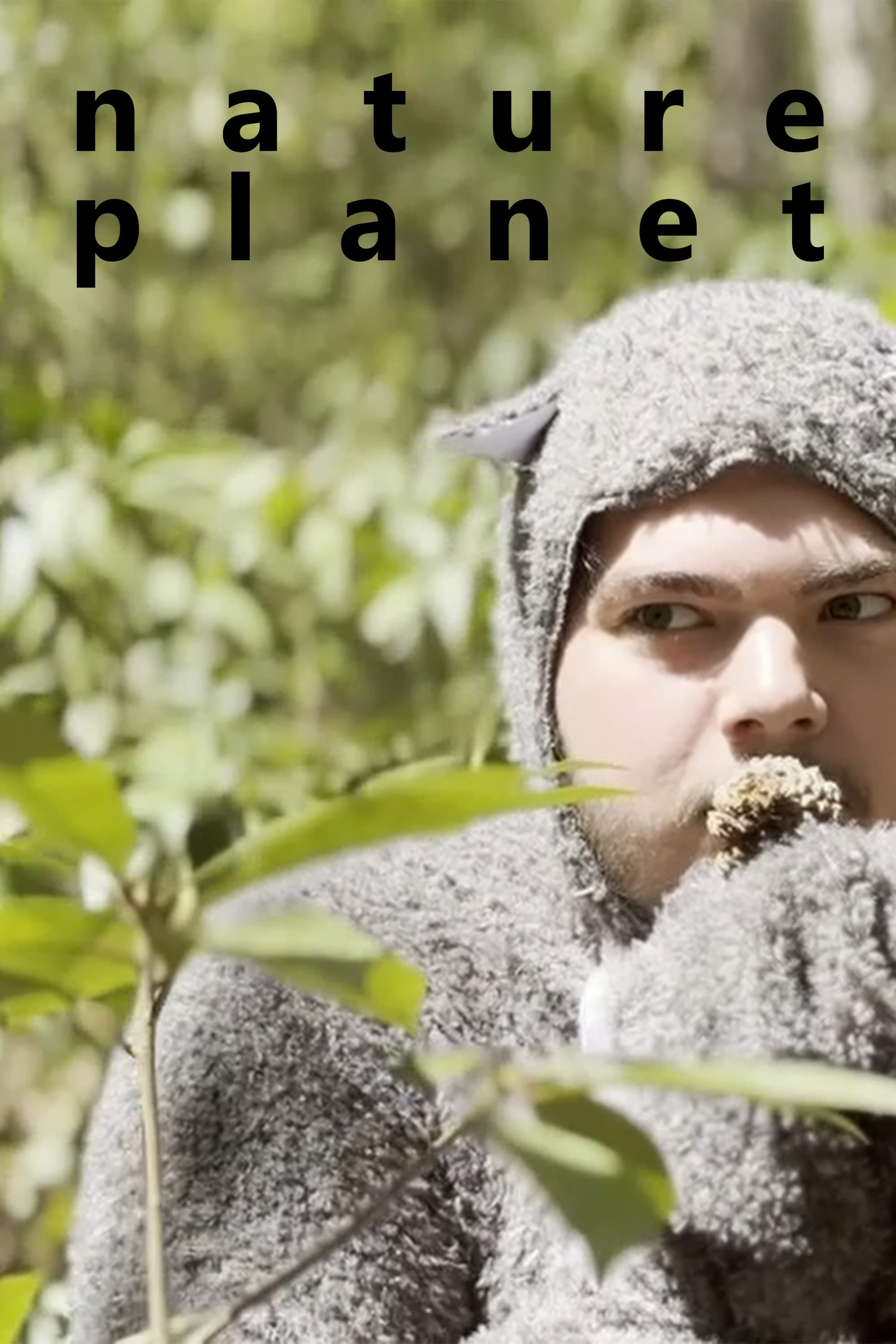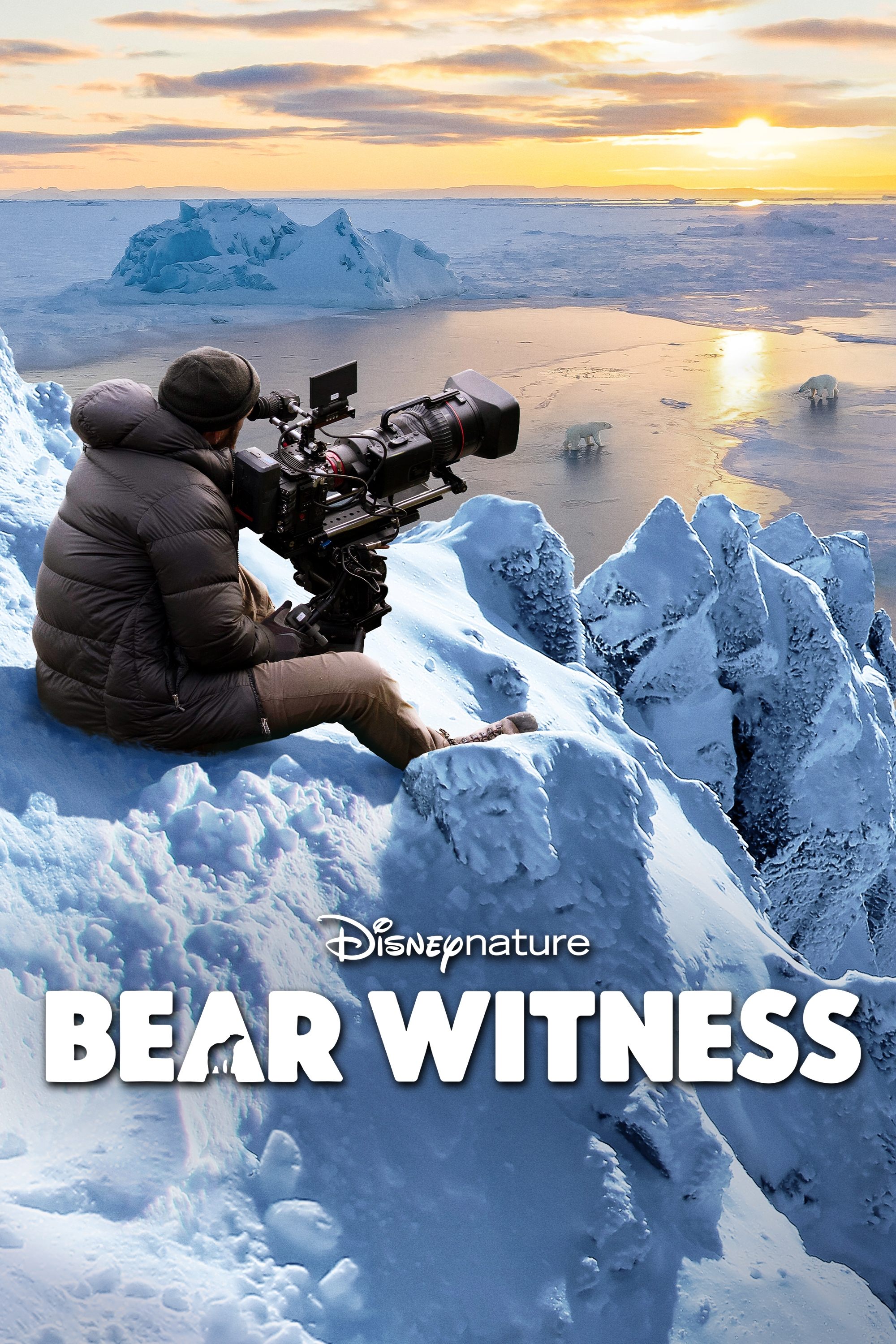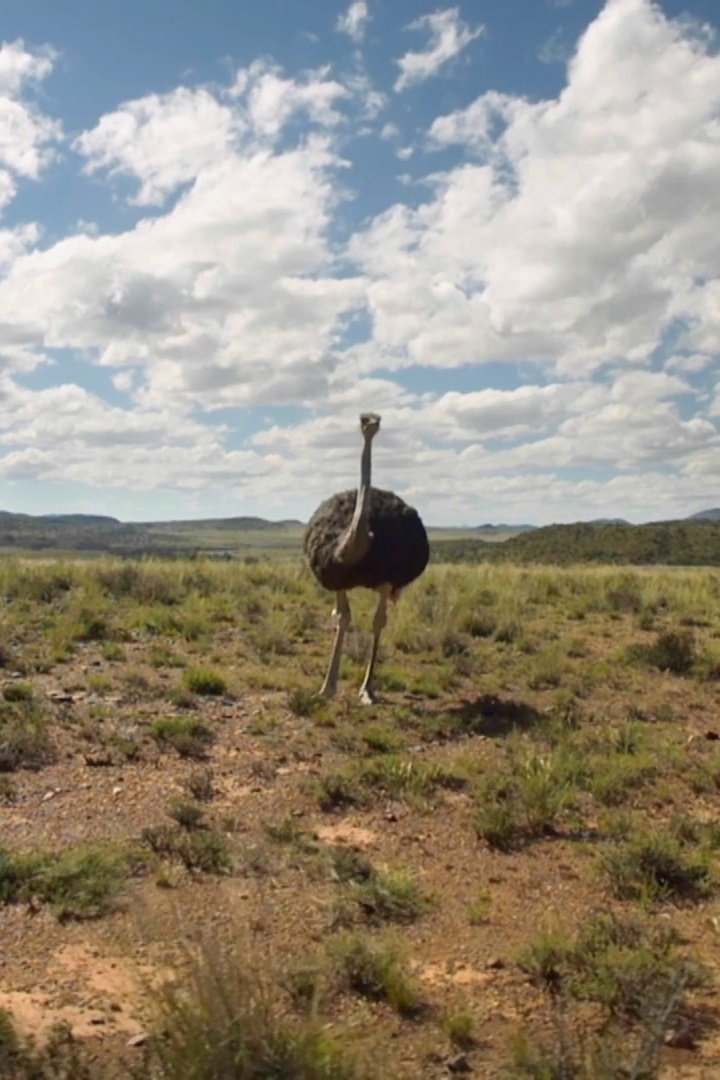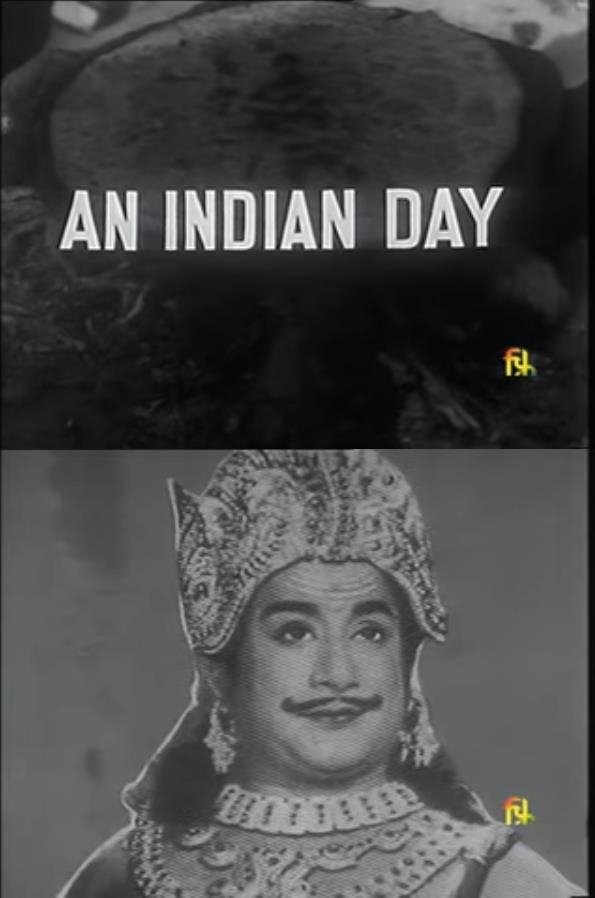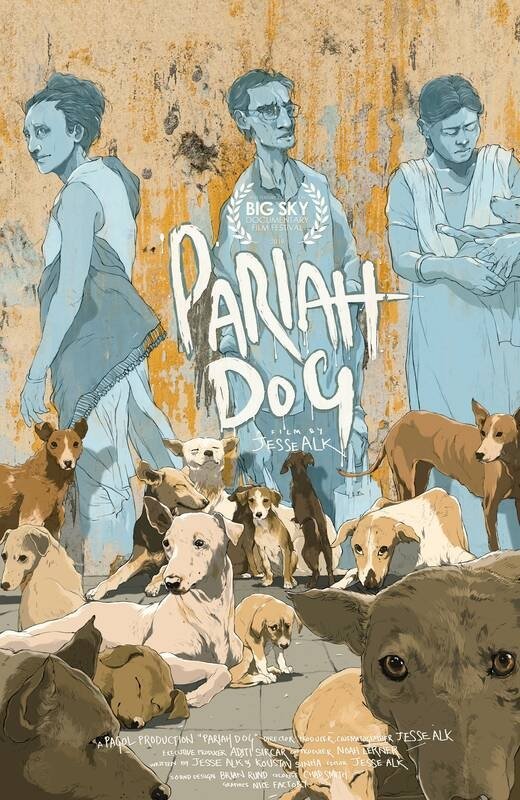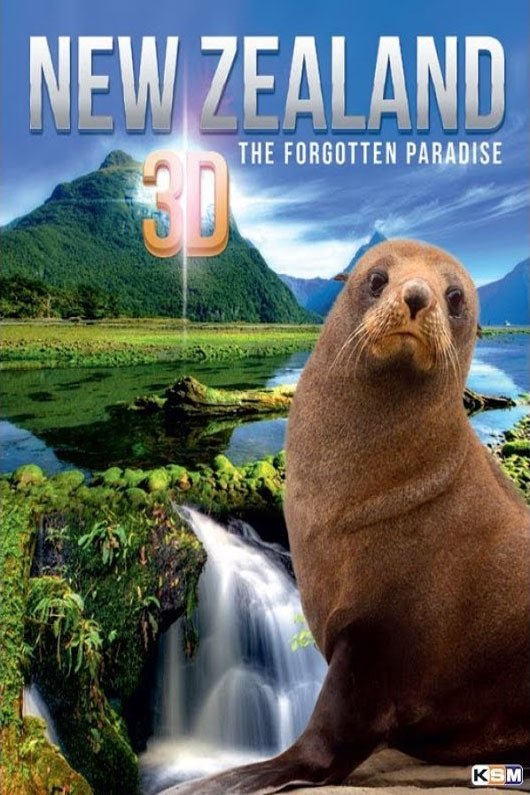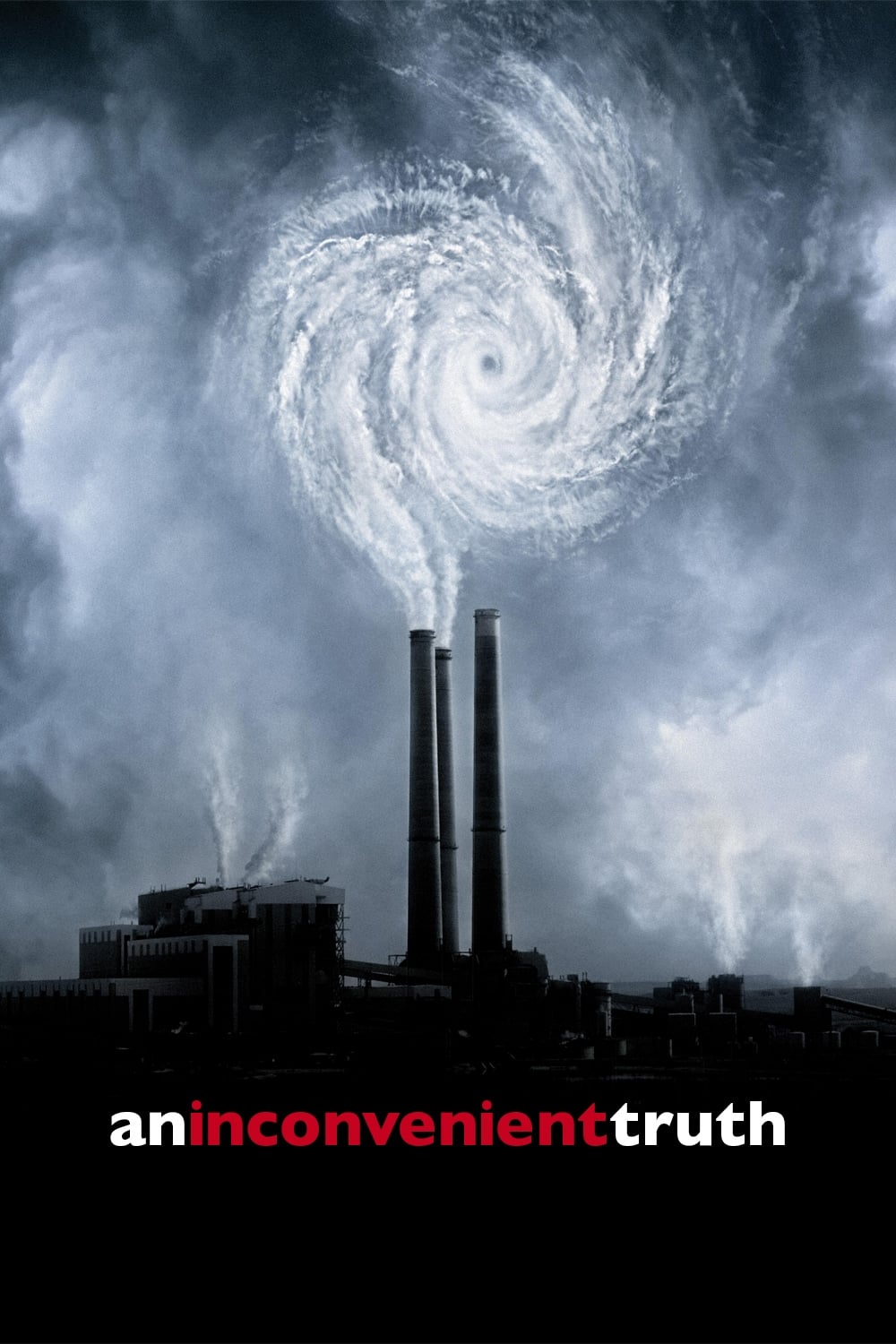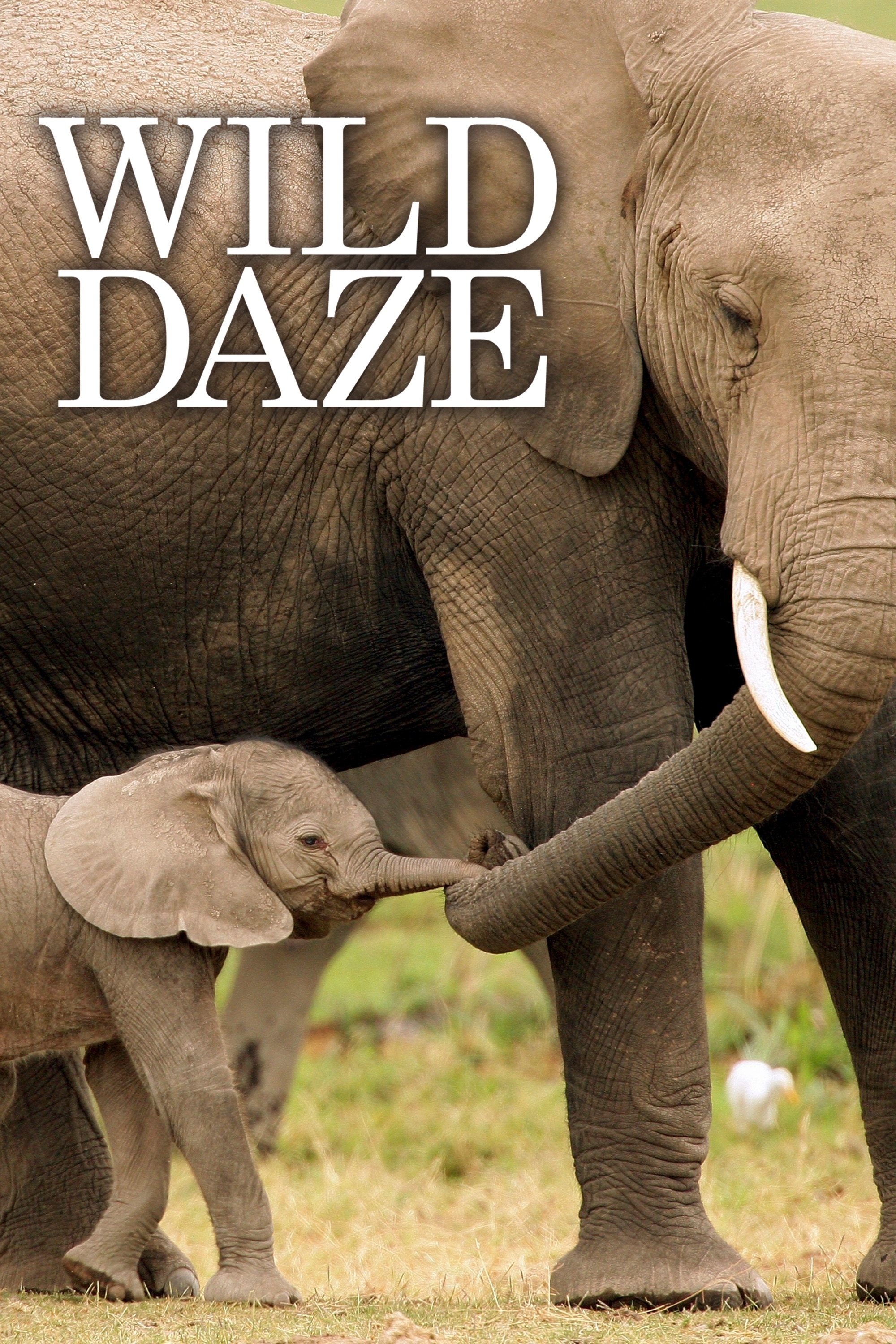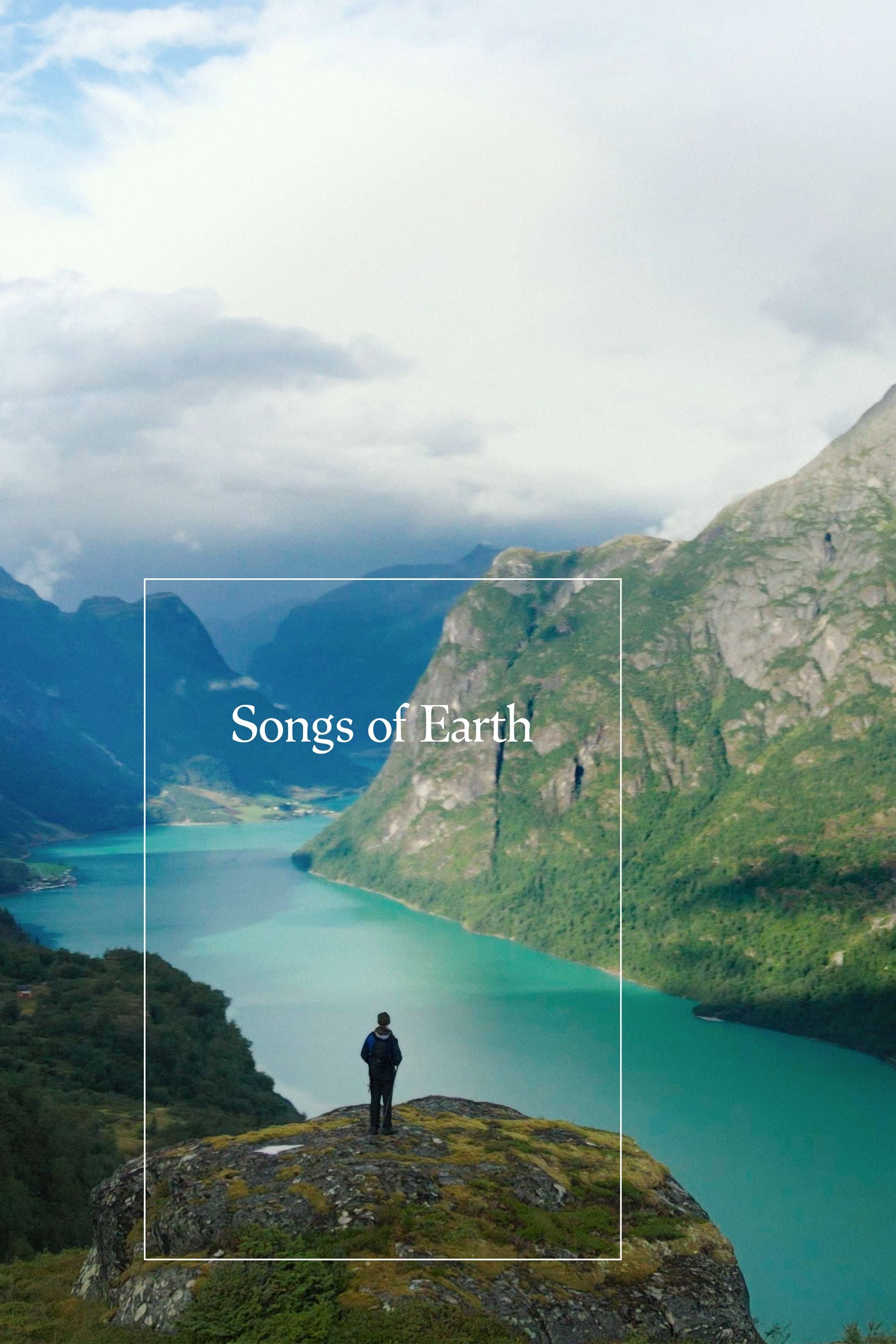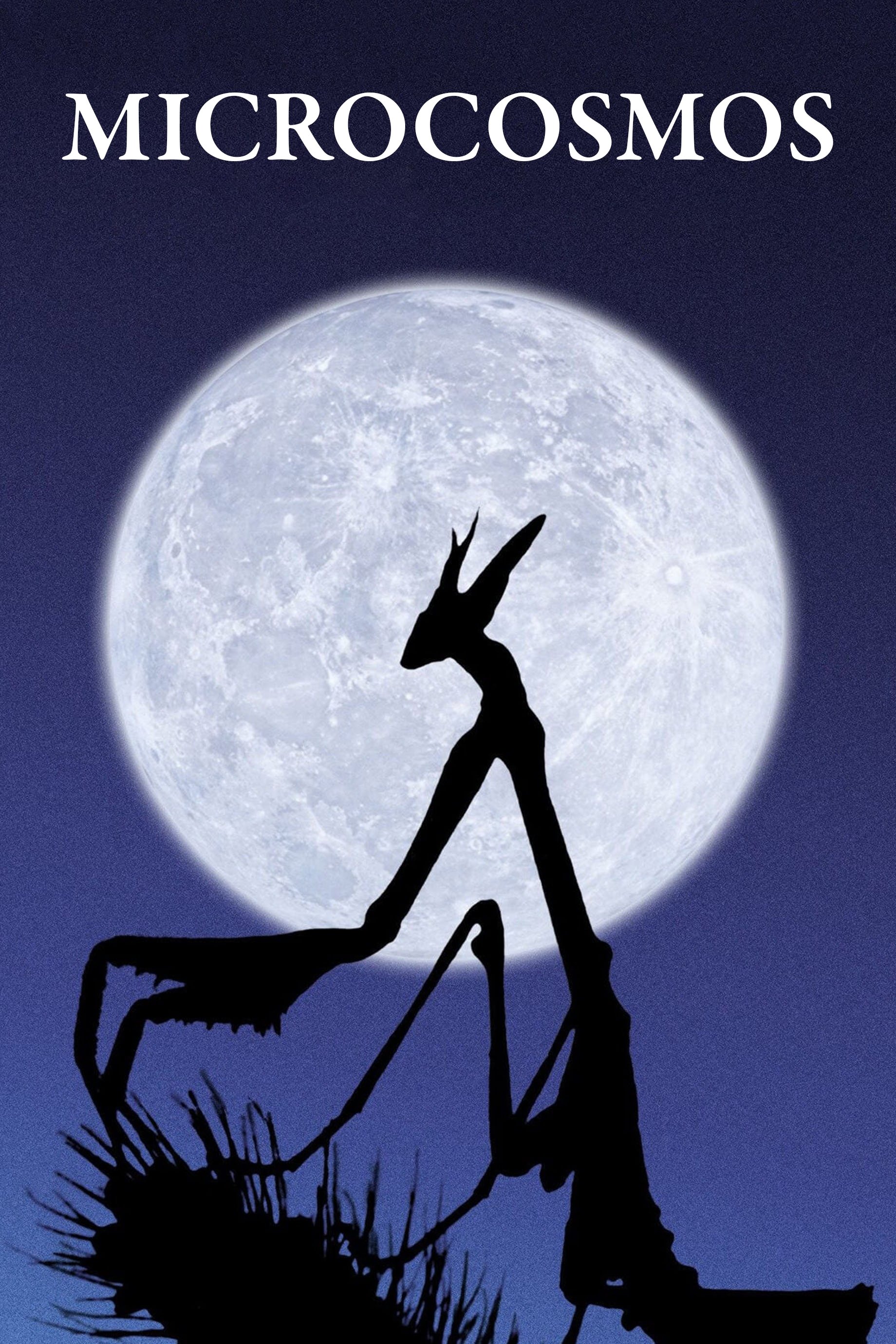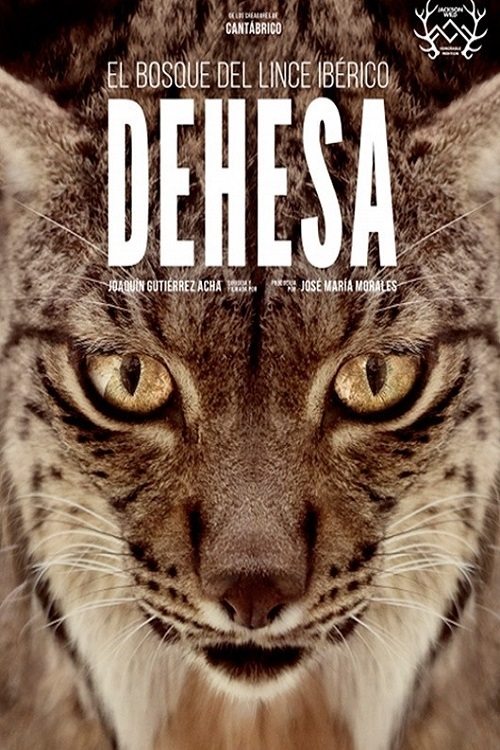
India's Wild Beauty (2014)
Overview
India - unique in its diversity and breathtakingly beautiful. The subcontinent is characterized by scenic, cultural and ethnic diversity. After China, India is the second most populous country in the world. Despite growing space needs, there are efforts to preserve the wilderness through nature reserves and protected areas. So India still provides habitat for rare species such as the Bengal tiger or the Indian elephant. The 5-part series "India's wild beauty" leads to the most spectacular and beautiful regions and their inhabitants. The complete series in five parts: 1 The Thar Desert 2 In the jungle, the Ghats 3 Life on the holy river 4 The Himalayas 5 In the land of Naga
Production Companies
Additional Info
| Budget | $0.00 |
|---|---|
| Revenue | $0.00 |
| Original Language | en |
| Popularity | 0.111 |
Directed By
Crew
TOP CAST
Similar Movies
Is Genesis History?
A fascinating new look at the biblical, historical, and scientific evidence for Creation and the Flood. Learn from more than a dozen scientists and scholars as they explore the world around us in light of Genesis. Dr. Del Tackett, creator of The Truth Project, hikes through canyons, climbs up mountains, and dives below the sea in an exploration of two competing views... one compelling truth.
Bears In Our National Parks
In this fascinating program, learn about one of the most feared and respected members of the animal kingdom – Bears! See a side of these magnificent animals that few rarely see – a bear ripping apart a log; cubs playfully exploring the treetops; a grizzly bear tracking his prey. From the Black Bears of the Great Smoky Mountains, Sequoia and Yosemite, to the Grizzlies of Yellowstone and Glacier, America’s national parks contain the last safe havens of bear habitat in the lower 48 states. Bear expert Gary Brown tells of fascinating bear facts and explains the challenges facing both bear and man to co-exist.
Bear Witness
The film Journeys alongside the filmmakers behind Disneynature’s “Polar Bear” as they face profound challenges 300 miles from the North Pole. The team, who created a revolutionary arctic camp on site, navigated virtually impassible snow drifts and tenuous sea ice, garnering unprecedented footage revealing adaptive behaviors that surprised even this veteran team of filmmakers.
Amazing Journeys
By land, by air, and by sea, viewers can now experience the struggle that millions of creatures endure in the name of migration as wildlife photographers show just how deeply survival instincts have become ingrained into to the animals of planet Earth. From the monarch butterflies that swarm the highlands of Mexico to the birds who navigate by the stars and the millions of red crabs who make the perilous land journey across Christmas Island, this release offers a look at animal instinct in it's purest form.
Ancient India
This Traveltalk series short visits a few locations where the centuries-old traditions of ancient India are kept alive in contemporary times.
Siberian Apocalypse
This astounding documentary delves into the mysteries of the Tunguska event – one of the largest cosmic disasters in the history of civilisation. At 7.15 am, on 30th June 1908, a giant fireball, as bright the sun, exploded in the sky over Tunguska in central Siberia. Its force was equivalent to twenty million tonnes of TNT, and a thousand times greater than that of the atomic bomb dropped on Hiroshima in 1945. An estimated sixty million trees were felled over an area of over two thousand square kilometres - an area over half the size of Rhode Island. If the explosion had occurred over London or Paris, hundreds of thousands of people would have been killed.
Super Senses
We take our features, our noses, eyes, and ears for granted, but they are pretty weird things until you look at the nose of a tapir or desman, the eyes of a cuttlefish or chameleon, or the ears of a seal or elephant. There is an almost endless variety of designs, and some are downright odd!
An Indian Day
Director S. Sukhdev traveled the length of India to gather footage for his impressionistic portrait of the country in the year 1967. The film produces the same effect on the viewers as a month-long visit to India, a sense of having seen everything and a sense of having seen nothing, both at the same time.
Pariah Dog
Shot over three years, Pariah Dog paints a kaleidoscopic picture of the city of Kolkata, seen through the prism of four outsiders and the dogs they love. These men and women have found meaning and purpose in their shared mission to care for neglected street dogs, who have existed in the towns and villages of India for thousands of years. For some this mission is enough, for others, dreams of a better life are always near.
New Zealand 3D: The Forgotten Paradise
New Zealand is one of the most remote countries in the world. Owing to the great distance from continents and, as a result of intense volcanic activity, unique flora and fauna as well as extraordinary landscapes have developed in this island country. The settlement of humans over the centuries has naturally also had an influence on the landscape. This film is an invitation to travel across the diverse landscapes of New Zealand.
An Inconvenient Truth
A documentary on Al Gore's campaign to make the issue of global warming a recognized problem worldwide.
Wild Daze
In Africa, poachers brutally maim and kill elephants for their ivory, much of which is exported to China or smuggled into the United States. The profits help fund terrorist organisations, and are used to buy guns and artillery. WILD DAZE takes an unflinching look at these problems from various perspectives, and shows how the slaughter has decimated the elephant population, left survivors traumatised, and seriously harmed the forests of Eastern and Southern Africa.
The World's Biggest Cave
In 2009 a team of British cavers went on an expedition deep within the jungle of central Vietnam. To their amazement they discovered an enormous cave which they believe to be the biggest in the world. The team, the first humans ever to enter the cave, traveled 6 kilometers underground until their way was blocked by a gigantic rock face they dubbed 'The Great Wall of Vietnam'. Now they have returned, but this time with the right equipment to climb the wall and with a geologist and zoologist to discover if this is indeed the Biggest Cave in the World and what secrets lie deep within?
Songs of Earth
With Olin's 85-year-old father as guide, we experience Norway's most adventurous valley, Oldedalen in Nordfjord. He grew up here, and here generations before him have lived in balance with nature.
Microcosmos
A documentary of insect life in meadows and ponds, using incredible close-ups, slow motion, and time-lapse photography. It includes bees collecting nectar, ladybugs eating mites, snails mating, spiders wrapping their catch, a scarab beetle relentlessly pushing its ball of dung uphill, endless lines of caterpillars, an underwater spider creating an air bubble to live in, and a mosquito hatching.
Dehesa: The Forest of the Iberian Lynx
A documentary about a unique type of forest, the "dehesa" of the Iberian Peninsula, a world in which to discover unique sensations.
Cosmovisions
In Southern Bahia, seven indigenous women invite to reflection, sharing their mythology, ancestry and paths to living well.
Die Wildnis stirbt!
A reportage cross-cutting film about the development of Africa from 1900-1936, using archive footage and film material from earlier African expeditions.
Am Madadh-Allaidh
For 12,000 years wolves roamed Scotland. However, over three centuries ago, we exterminated them. This film reveals the rise and fall of the Scottish wolf and explores the question of whether they should be re-introduced. Wolves arrived as the last ice age ended, following the herds of deer and reindeer that crossed a now-lost land bridge from Europe. For thousands of years, wolves and humans shared the landscape as apex predators, with the wolf entering human art, myth and belief. However, farming put wolves and humans on a collision course, and, after centuries of persecution, wolves became extinct in Scotland. Since then, deer numbers have exploded, and many of Scotland’s woodlands have been stripped bare. Some argue for the wolf’s return. Could we, and should we, hear the howl of the wolf once more in the Highlands?

